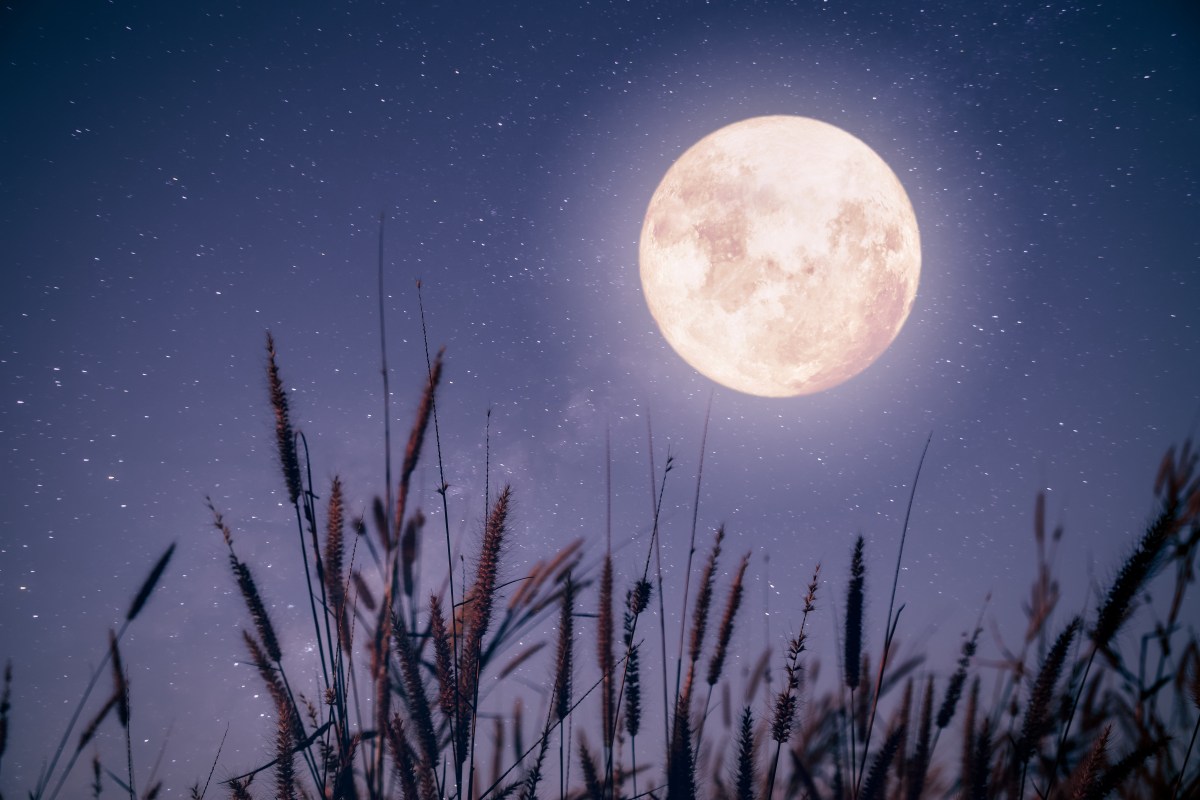
The Moons of October – Part 1
October 2020 has two full moons. A look in any North American almanac will show that full moons are given names, generally taken from Native American tribes and usually referring to activities or natural events occurring in the calendar month. These can vary between almanacs and between years of the same almanac. However, there are two full moons with fixed European names which are set by an astronomical event rather than the calendar month. The first of these is the Harvest Moon, which is the full moon closest to the autumnal equinox. Due to the particulars of the clock and calendar, this equinox can occur on dates ranging from September 21st to 24th (the 22nd CDT in 2020). Since the average time between full moons is roughly 29.5 days, this means a Harvest Moon can fall in a date range roughly two weeks either side of the equinox, or September 14th to October 8th. As you can guess from this date range, the Harvest Moon is most often associated with the month of September, but about a third of the time it happens in October. This is one of those years, with the Harvest Moon full on October 1st at 4:05 pm CDT. Because of this, the September full moon was called the Corn Moon in some almanacs (though at least one webpage missed the memo and called it Harvest).
A full moon rises as the sun sets and before mechanization it could provide additional time for agricultural work by prolonging twilight. In northern mid-latitudes, a full moon close to the equinox carried an additional advantage. In its monthly path around the Earth, the moon rises an average 50 minutes later each day, primarily due to its eastward motion on its path through the ecliptic. However, close to the equinox the Moon’s motion is more south to north than usual so that the daily delay in rising is closer to 30 minutes, and as little as 23 minutes right around the equinox. This gives additional days of prolonged twilight when it may be needed most. In Britain, the grain harvest (wheat, barley or oats) generally started in August and finished up in September. The additional time for field work could be important for getting the late harvest in before frost or bad weather took it. Then, the Harvest Home celebration could be held.